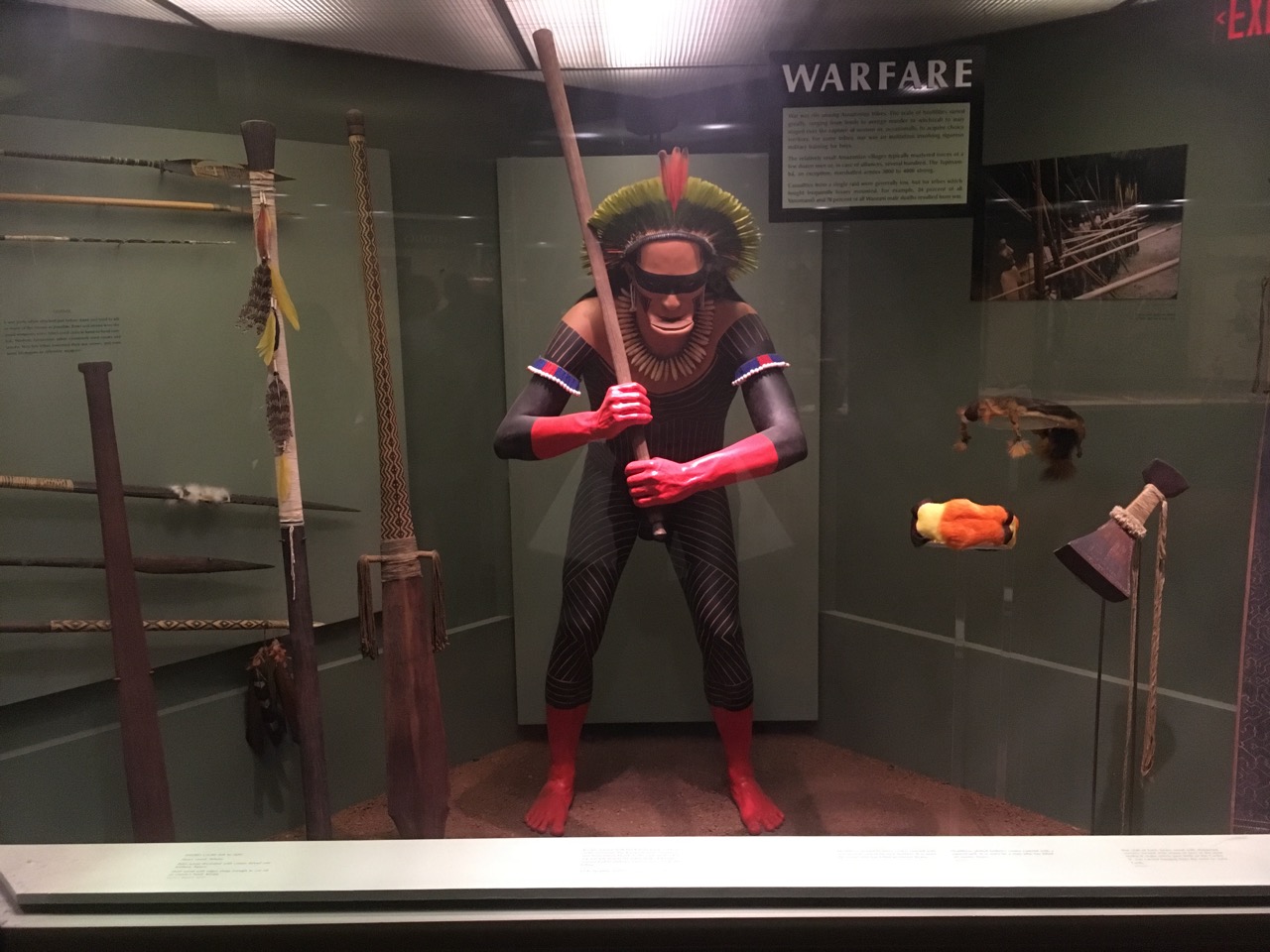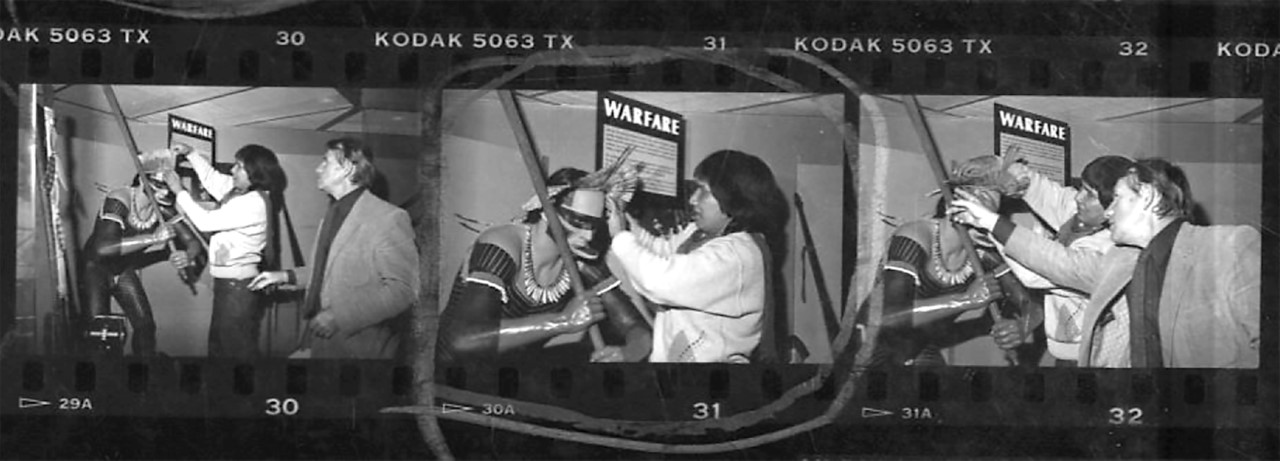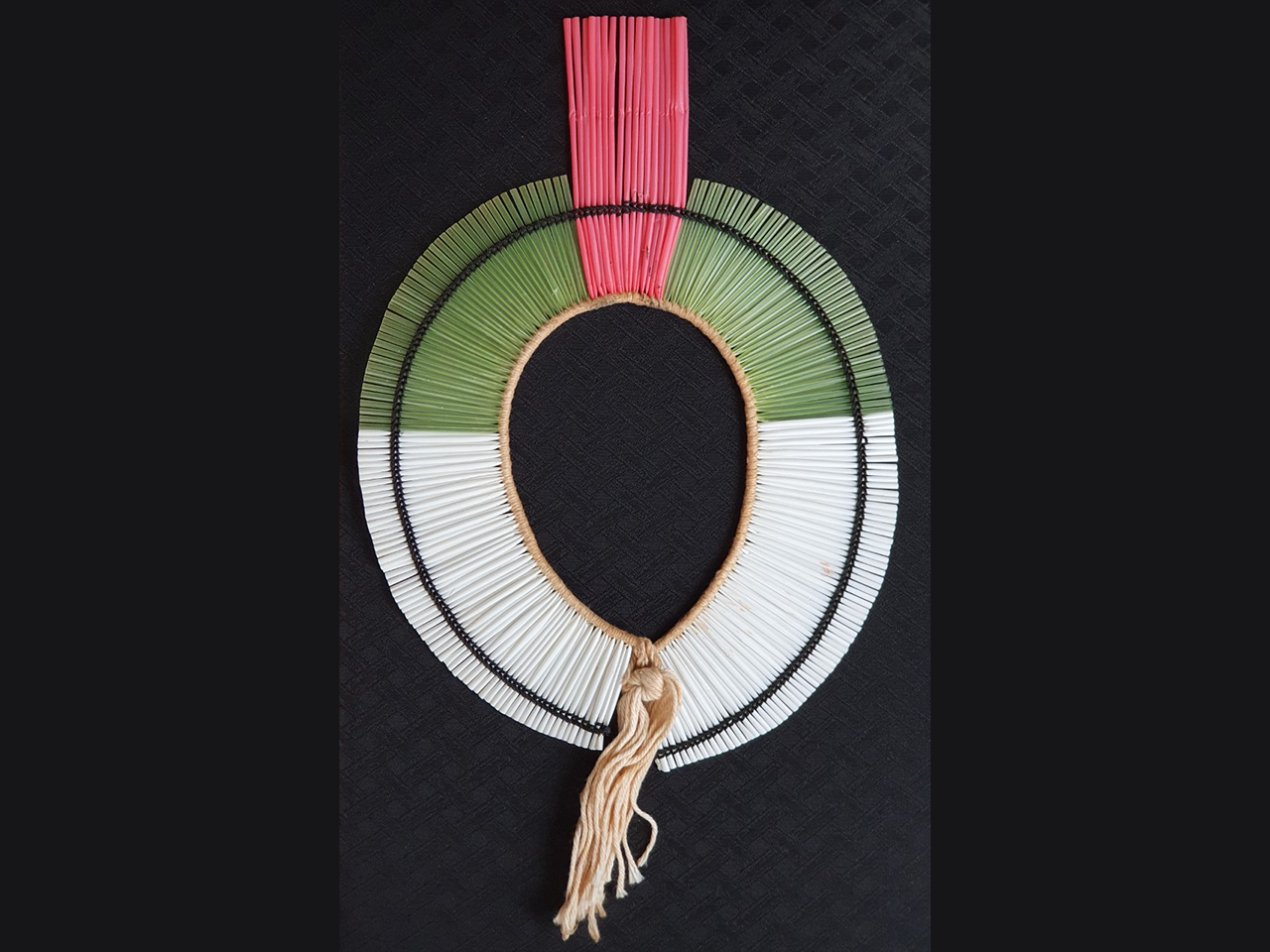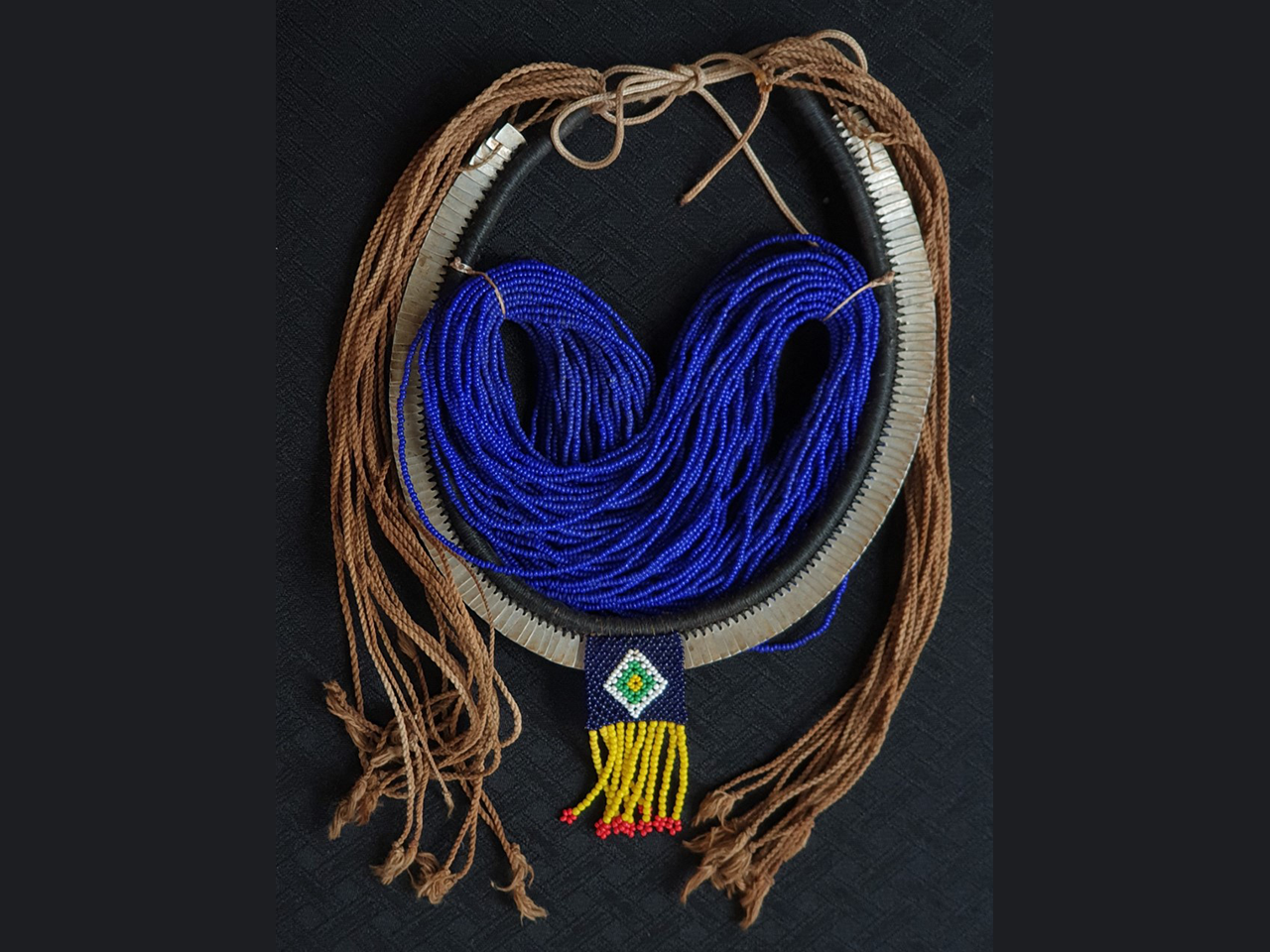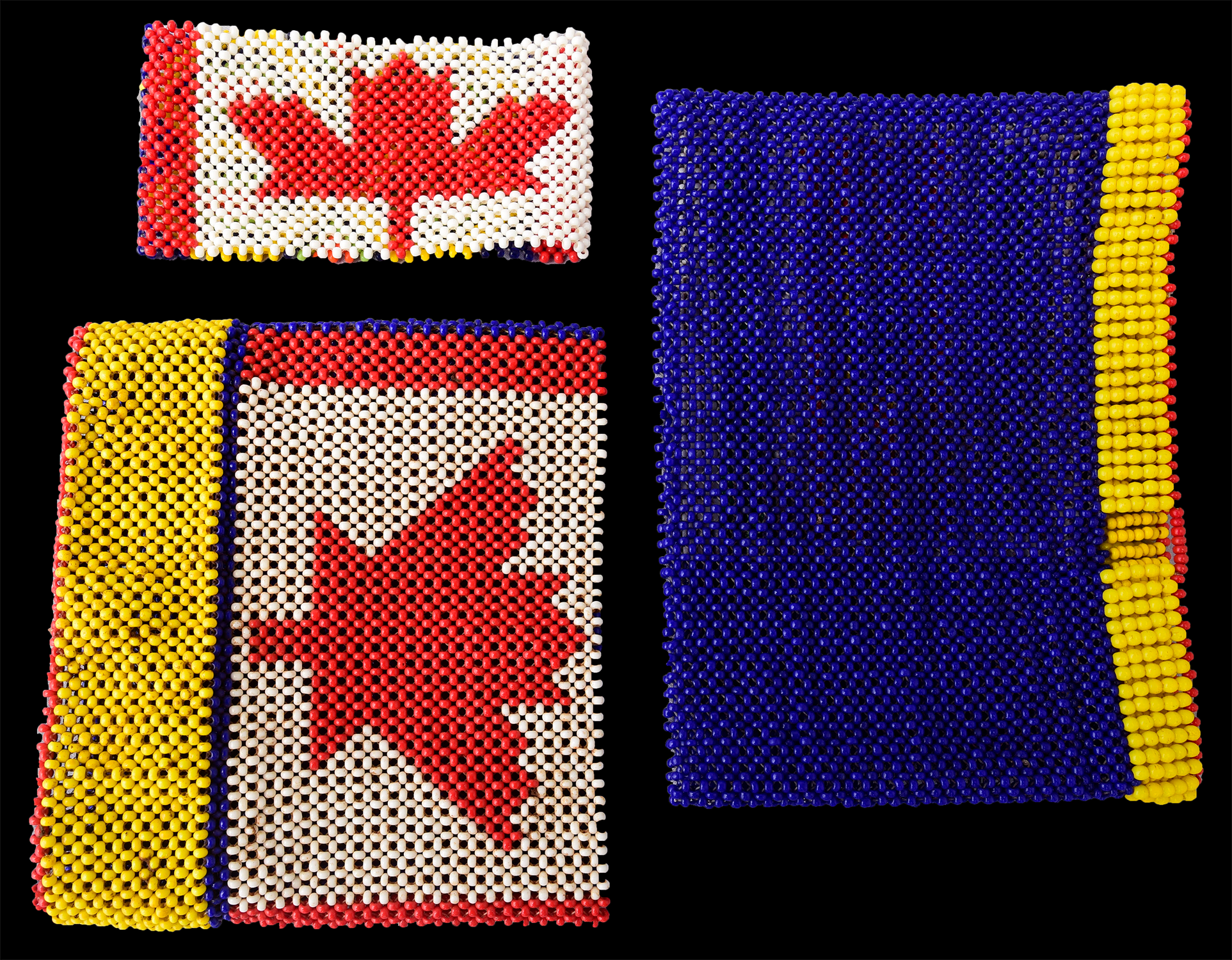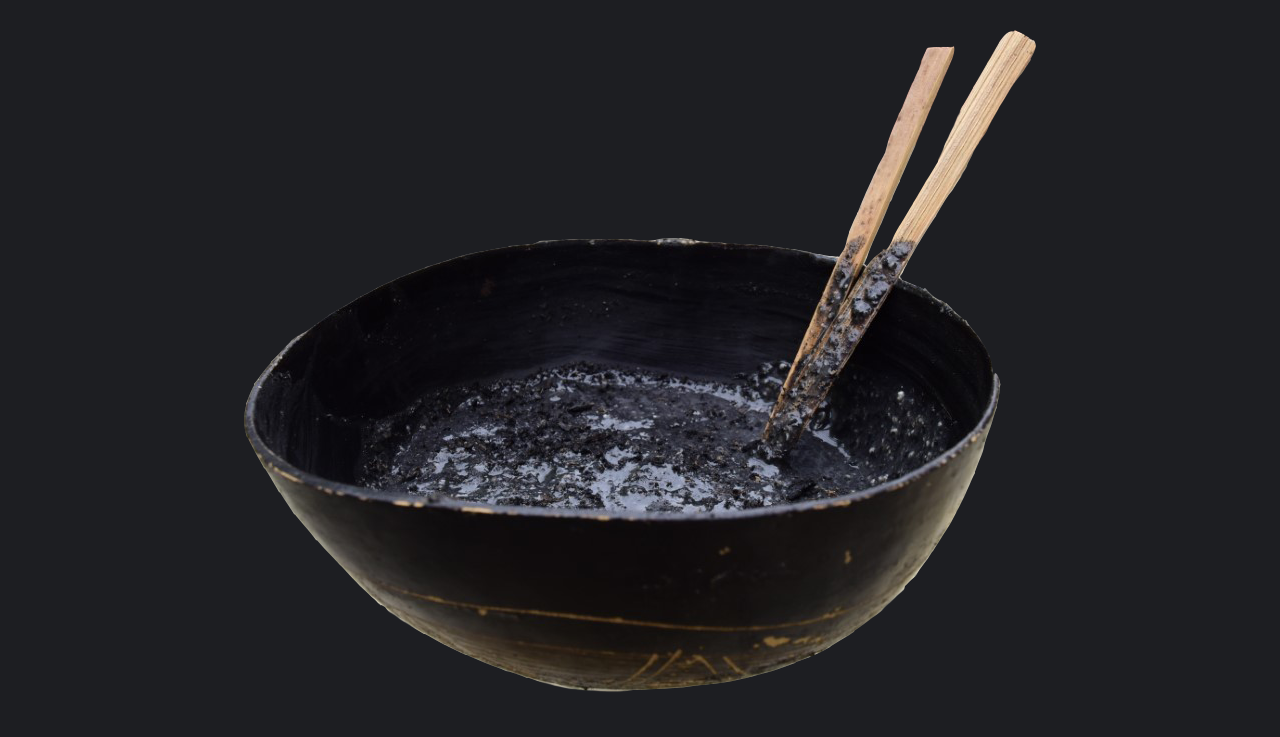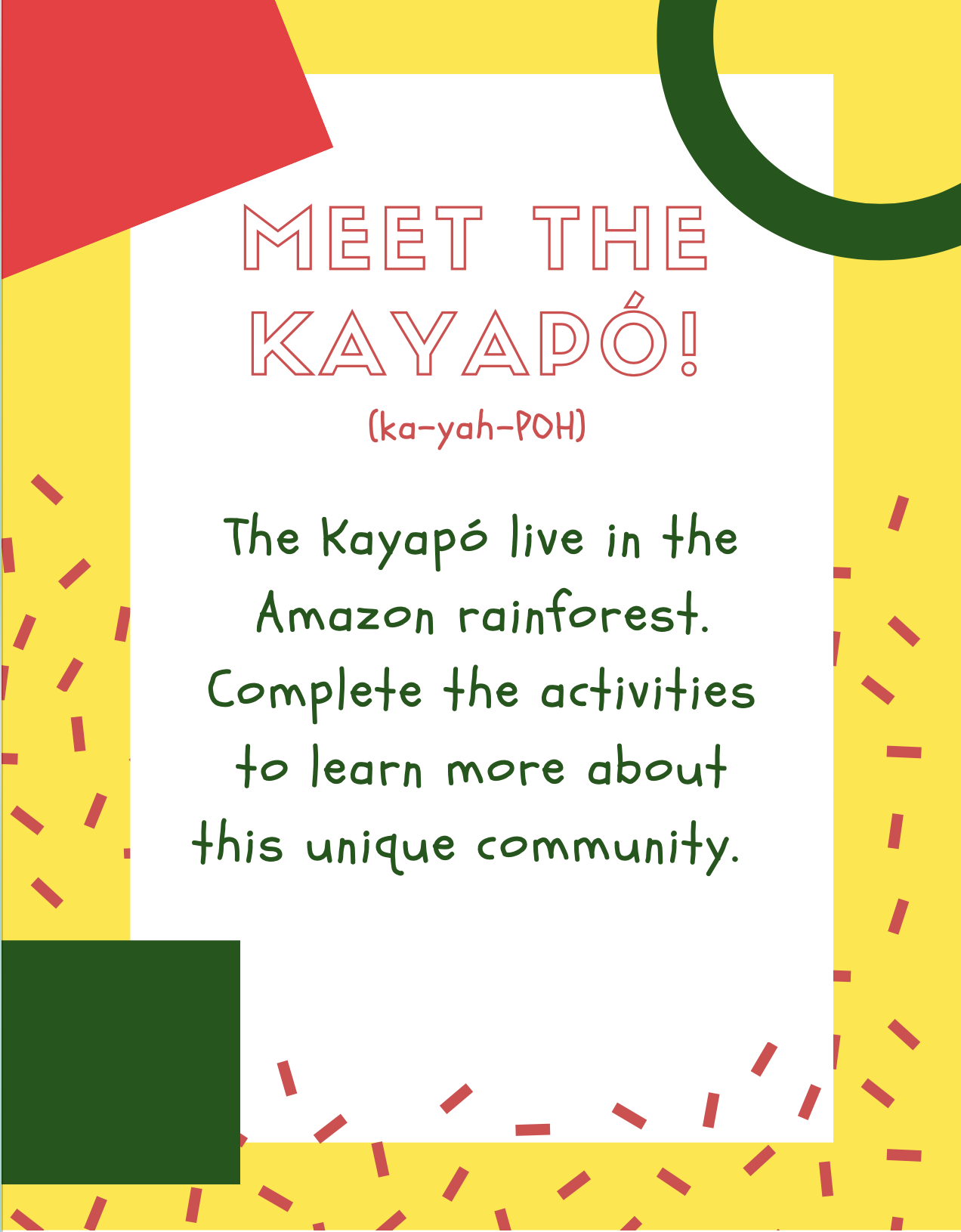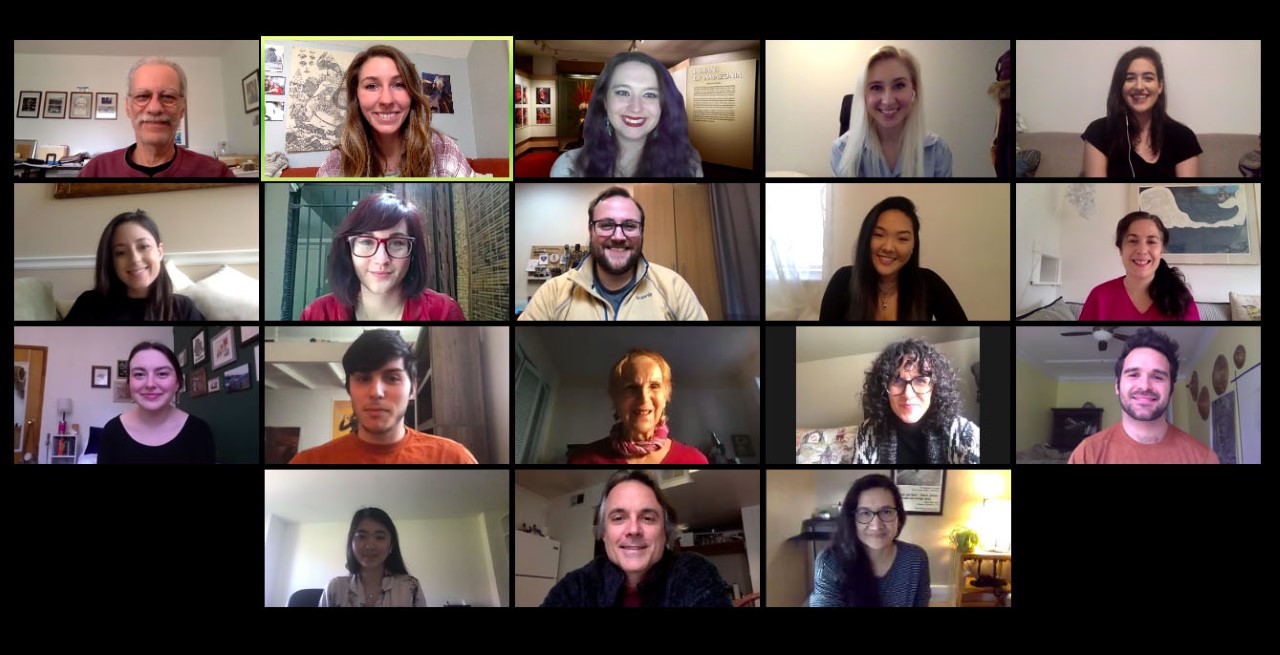“THE CAMERA IS OUR WEAPON”
Kayapó Video Warriors in the Amazon
Digital exhibit and case design for the American Museum of Natural History, 2020
THE EXHIBIT
Innovation is key for survival. In the Amazon rainforest, the Kayapó use cameras as weapons to broadcast their powerful voices and activist traditions. As COVID-19 creates enormous challenges for museums and Indigenous peoples, this online exhibit extends a dialogue between contemporary Kayapó life and the more than 30-year-old Hall of South American Peoples at the American Museum of Natural History.
—Columbia/AMNH Museum Anthropology Spring 2020
Who Are the Kayapó?
The Kayapó (ka-yah-POH), who call themselves Mẽbêngôkre (meh-bingo-KRAY), are a dynamic Indigenous people of more than 12,000 individuals. Surviving centuries of warfare and forced migration, they use their warrior heritage to protect their lands from new invaders. The Kayapó seize new technologies and styles, remaking them in ways that are distinctly Kayapó. For example, they merge Brazilian music with Kayapó lyrics to create “Kaya-Pop.”
Mẽbêngôkre pronounced
“Jaine ba boj” by Kaya-Pop artist Bepdjyre
MIGRATION OF THE KAYAPÓ
The ancestral lands of the Kayapó were in the savannahs along the southern fringes of the Amazon. European expansion in the 1700s and 1800s pushed the Kayapó farther west into the Xingu river basin.
Map data: Peters, Ann. 2000. In Rain Forest Exchanges, edited by William Fisher, 27; WILD Foundation; Santos, Rodrigo. 2003. Mapa Etno-linguístico do Planalto Central e adjaceências in “Povos do Planalto Central e adjacências nos séculos XVII, XVIII e XIX,” 223.
ACTIVISM
The Kayapó have a long history of protecting their territory, sovereignty, and culture. Since the 1980s, they have led a coalition of forest peoples in the international protest against Brazil’s Belo Monte hydroelectric dam on the Xingu River that flows through their territory. Kayapó warriors continue to defend themselves against those who threaten their way of life.
Kayapó warrior figure, AMNH Hall of South American Peoples, 2020
Image credit: David Harvey
Tapiet and Terence Turner intervene, 1990.
Image credit: AMNH Library 600459
AMAZONIANS VISIT THE HALL
In 1990, shortly after the opening of AMNH’s Hall of South American Peoples, Kayapó activist leaders Kubei and Tapiet visited with anthropologist Terence Turner. The two leaders were likely the first Indigenous Amazonians to see this major exhibition. Tapiet and Kubei offered a gift of ornaments to make the exhibit’s Kayapó warrior figure more authentic.
Tapiet made a speech in Kayapó and placed the green feather headdress and necklace on the figure, while Kubei added ear ornaments. In a recent interview with Kubei (below), he remembered making the warrior “a true and beautiful Kayapó person” with these improvements.
INTERVIEW WITH KUBEI
Kubei is a Kayapó leader and pioneering activist. In the 1980s and 1990s, he became prominent, along with chiefs Raoni and Paiakan, for organizing effective protests against the Xingu River dam that would have impacted Kayapó territory. In this 2020 interview, Kubei reflects on his 1990 visit to the Hall of South American Peoples in New York, his legacy of activism, and the Kayapó today. Just three months after this interview occurred, Kubei’s peer Paiakan died from COVID-19.
DYNAMIC TRADITIONS
The Kayapó have a long history of capturing objects and knowledge from their historical enemies, both Indigenous and Euro-Brazilian. This process is summarized in the Kayapó concept of nekrex (neh-CRAY), which refers to weapons, ornaments, songs and other cultural trappings that the Kayapó appropriate and transform into their own heritage.
Japan, 2010
Plastic, glass, metal
Property of Turedjam village 2013–2017
The Kayapó shoot video to protect their culture and environment. Kayapó filmmakers document village ceremonies and circulate the films among their communities. Some villagers have also used cameras to monitor illegal logging or record crucial negotiations with Brazilian lawmakers.
Aukre village, 2019
Plastic straws, thread
Collection of G.H. Shepard Jr.
Warriors make their signature headdresses from feathers, but this contemporary version uses drinking straws in birdlike colors. Deforestation has endangered parrot populations that only designated hunters may harvest. The radial headdress represents the Kayapó’s circular universe.
Aukre village, 2013
Plastic beads, aluminum, wire, thread, native cotton
Collections of G.H. Shepard Jr. and J. Chernela, respectively
Kayapó adornments express harmony between body parts and between individual bodies and society. Chest plates channel energy from head to torso. Armbands announce social identity, village membership, or, as with this Canadian flag motif, international partnerships.
Aukre village, 2020
Tree gourd, crushed genipa fruit, charcoal, palm fiber
Collection of G.H. Shepard Jr.
Through body painting and adornment, the Kayapó inscribe who they are directly on their skin. Kayapó mothers spend hours painting children in geometric designs with black pigments prepared in pots like this one. In comparison, body painting on adults is less elaborate.
KAYAPÓ FILM SHORTS
Manioc Festival (2015)
Filmmaker: Bepunu
Classic Kayapó filmmaking aesthetics communicate the 3-day long manioc festival in 7 minutes, preserving key ritual moments for a non-Kayapó audience.
Indigenous Week Trailer (2015)
Filmmaker: Krãkrax
This clip blends Kayapó and Brazilian media aesthetics to promote a 2015 celebration of Indigeneity in Krãkrax’s village.
Brazil Nuts (2019)
Filmmaker: Pat-I
Pat-I goes to the forest around his village of Aukre to show how his people harvest Brazil nuts.
Chief Mroo Interview (2013)
Filmmaker: Glenn H. Shepard, Jr.
The late Chief Mroo describes how his people use digital technology to protect their culture, forests, and rights.
Hey Jude (2013)
Filmmaker: Glenn H. Shepard, Jr.
Kayapó boys listen to a Kaya-Pop cover of the Beatles classic.
Garden Work (2019)
Filmmakers: Djwy Kayapó and Irekako Kayapó
One of the first groups of female Kayapó filmmakers provides an intimate view of garden work.
RESOURCES
COVID-19: See the Society for the Anthropology of Lowland South America COVID-19 Working Group for updated news. The Mebêngôkre-Kayapó Peoples COVID-19 Emergency Fund and The Kayapo Project are working to address the crisis.
Anthropology Division, American Museum of Natural History
Columbia University/AMNH M.A. in Museum Anthropology
Goeldi Museum, Brazil
Notes from the Ethnoground: Glenn Shepard’s blog
The Kôkôjagõti Video Project at Aukre village
Mê`Ôk, Our Painting (2014)
National Geographic Live: Kayapo Warrior Tribe (2012)
The Kayapo: Out of the Forest (1989)
PAPERS
Fisher, William H. 1994. “Megadevelopment, Environmentalism, and Resistance: The Institutional Context of Kayapó Indigenous Politics in Central Brazil.” Human Organization 53, no. 3: 220-32.
Pace, Richard. H. and Glenn H. Shepard Jr. 2018. “Kiabieti Metuktire and Terence Turner: A Legacy of Kayapó Filmmaking.” In From Filmmaker Warriors to Flash Drive Shamans: Indigenous Media Production and Engagement in Latin America, edited by Richard Pace. Nashville, TN: Vanderbilt University Press, 49-58.
Shepard, Glenn H., Jr. 2013. “Kaya-Pop: The Brave New World of Indigenous Music in Brazil.” Anthropology News, 54, no. 6 (June).
Turner, Terence. 1995. “Social Body and Embodied Subject: Bodiliness, Subjectivity, and Sociality among the Kayapo.” Cultural Anthropology 10, no. 2: 143–70.
Zanotti, Laura. 2014. “Hybrid Natures?: Community Conservation Partnerships in the Kayapó Lands.” Anthropological Quarterly 87, no. 3: 665–93.
ABOUT THE PROGRAM
The M.A. in Museum Anthropology is offered jointly by the Columbia Department of Anthropology and the American Museum of Natural History, combining the strengths of these premier anthropological departments, collections and archives.
Students enrolled in the program for 2019–2020 curated and designed “The Camera is Our Weapon,” working with Amazon specialist Glenn H. Shepard, Jr. in collaboration with Kayapó leaders and filmmakers and the Goeldi Museum in Belém, Brazil. Students were introduced to exhibition design, from concept through production, by AMNH staff and through studio and museum visits outside of AMNH.
To learn more about the Museum Anthropology program, click here.
CREDITS
Curation, Writing, Exhibit Design
Jacob Berlin
Elizabeth Daspit
Sarah Elston
Michaela Felter
Nicole Kim
Chloe Lula
Catherine Matteson
Ana-Sofia Meneses
Keenan Saiz
Francine Spang-Willis
Shuyue Wang
Michaela Wright
Professors
Laurel Kendall, Chair, Division of Anthropology and Curator, Asian Ethnographic Collections, AMNH. Adjunct Professor, Columbia University
David Harvey, Adjunct Professor, Columbia University. Former Senior Vice President of Exhibition, AMNH
Glenn H. Shepard Jr., Staff Researcher in Ethnology, Goeldi Museum, Belém do Pará, Brazil. Research Associate, AMNH
Editor
Laura Allen
Graphics
Danielle Forte
Web
Brett Peterson, Associate Director of Media and Interactives, AMNH
Photos and Video
Dado Galdieri
Bepunu Kayapó
Djwy Kayapó
Irekako Kayapó
Krãkrax Kayapó
Pat-I Kayapó
Glenn H. Shepard Jr.
AMNH Division of Anthropology
Paul Beelitz, Director of Collections and Archives Emeritus
Anita Caltabiano, Administrative Director
Laila Williamson, Associate
AMNH Exhibition
Lauri Halderman, Vice President of Exhibition
Melissa Posen, Senior Director of Exhibition and Exhibition Capital Projects
Sasha Nemecek, Director of Exhibition Interpretation
Joel Sweimler, Senior Developer
AMNH Library
Tom Baione, Harold Boeschenstein Director of Library Services
Gregory Raml, Special Collections and Research Librarian
Columbia University
Brian Boyd, Director of Museum Anthropology
Zoe Crossland, Associate Professor of Anthropology and Director, Center for Archaeology
Courtney Hooper, Director, Academic Administration and Finance, Department of Anthropology
David Scott, Ruth and William Lubic Professor and Chair, Department of Anthropology
Garen Tchopourian, Web Developer, Faculty of Arts and Sciences
Renee Tenenbaum, Business Manager, Department of Anthropology
Special thanks to
Chiefs Kaket, Krwyt and Ngreikamôrô, Aukre village
Janet Chernela, University of Maryland
Laura Zanotti, Purdue University
Translation
Glenn H. Shepard, Jr.
Laura Zanotti
Pronunciations
Bepunu Kayapó
The project was made possible with the generous support of the Columbia University Department of Anthropology and in-kind support by the American Museum of Natural History.



